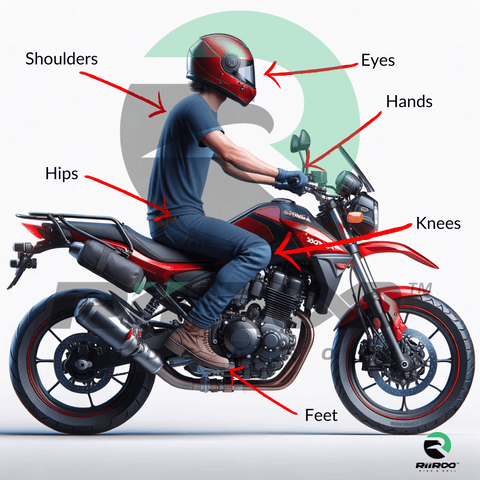
Updated: 25.4.25
Feel the thrill of the wind in your hair, the road beneath you, and the freedom that comes with riding a motorcycle. But have you ever stopped to think about your responsibility to yourself and others on the road?
This isn't a lecture. It's your no-nonsense guide to becoming the responsible motorcycle rider everyone—including you—wants you to be. The road is open, but so are the risks. Let’s dive in!
| Ultimate Guide to Responsible Motorcycle Riding | |
|---|---|
| 1. Pre-Ride Inspection | Inspect your bike for safety and optimal functionality before each ride. |
| 2. Protective Gear | Wear DOT-approved helmets and protective clothing. |
| 3. Safety Class | Attend a safety class to build essential riding skills. |
| 4. Advanced Riding Course | Upgrade your skills for challenging riding conditions. |
| 5. Group Riding Etiquette | Follow group riding protocols for safety and communication. |
| 6. Communication Signals | Master hand signals for group rides. |
| 7. Mental Readiness | Stay alert, avoid fatigue, and manage emotions on the road. |
| 8. Weather Challenges | Adjust your riding style for rain and extreme heat. |
1. The Basics of Motorcycle Safety
Take a Safety Course
Even if you think you're an expert, a motorcycle safety course builds essential skills and covers traffic laws, bike mechanics, and emergency handling.
Wear Protective Gear
Helmets, gloves, jackets, pants, and boots are your armor. Layer up for changing weather and stay protected against unexpected hazards.
2. Pre-Ride Rituals
Inspect Your Motorcycle
Check tyres, brakes, lights, and fluid levels before hitting the road. A five-minute check can prevent big problems.
Plan Your Route
Use GPS tools or maps to plan ahead, avoiding high-traffic or hazardous areas for a smoother, safer ride.
3. On The Road
Obey Traffic Rules
Traffic rules aren't barriers; they're lifelines. Signal properly, maintain safe distances, and always respect road laws.
Practice Emergency Maneuvers
Emergency braking and swerving skills are life-savers. Practice regularly in controlled environments.
Ride Defensively
Assume other drivers might not see you. Anticipate mistakes and maintain a safety buffer.
4. Advanced Techniques
Take an Advanced Riding Course
Continue evolving your skills. Learn advanced techniques through an advanced course and stay ahead of unexpected challenges.
5. Group Riding Etiquette
Communication Signals
Hand signals ensure coordination and safety during group rides. Practice them until they become second nature.
Staggered Formation
Riding staggered increases visibility and reaction time. Maintain safe distances within your group.
6. Mental Readiness for Riding
Avoiding Rider Fatigue
Stay sharp by taking regular breaks and staying hydrated. Tired riders make poor decisions.
Emotional Stability
Keep calm even in frustrating situations. Emotional control is key to responsible riding.
7. Navigating Weather Challenges
Riding in the Rain
Be cautious on wet roads. Increase stopping distances and reduce speed to stay in control.
Hot Weather Riding
Stay hydrated and wear breathable, protective clothing. Protect both yourself and your bike from overheating.
In Summary
Mastering responsibility on a motorcycle means mastering both technical skills and mental discipline. Share this guide with fellow riders and let's make the roads safer for everyone!
Frequently Asked Questions
What does it mean to act responsibly on a motorcycle?
It means making safe decisions, following traffic laws, and considering the impact of your actions on yourself and others.
How can I improve my visibility and awareness?
Wear bright or reflective clothing, maintain functioning lights, and stay alert by checking mirrors and anticipating other drivers' moves.
What should I focus on to improve my riding skills?
Take safety and advanced courses, practice consistently, and stay physically and mentally prepared.
How can I ride safely in bad weather?
Use appropriate gear, adjust your riding style, slow down, and avoid sudden maneuvers in rain or extreme heat.
Get in Touch 🚀
Loved our article on “How to Be a Responsible Motorcycle Rider”? Dive into more wheely-awesome adventures with us!
Visit RiiRoo.com or chat with us via Live Chat for your perfect ride-on!


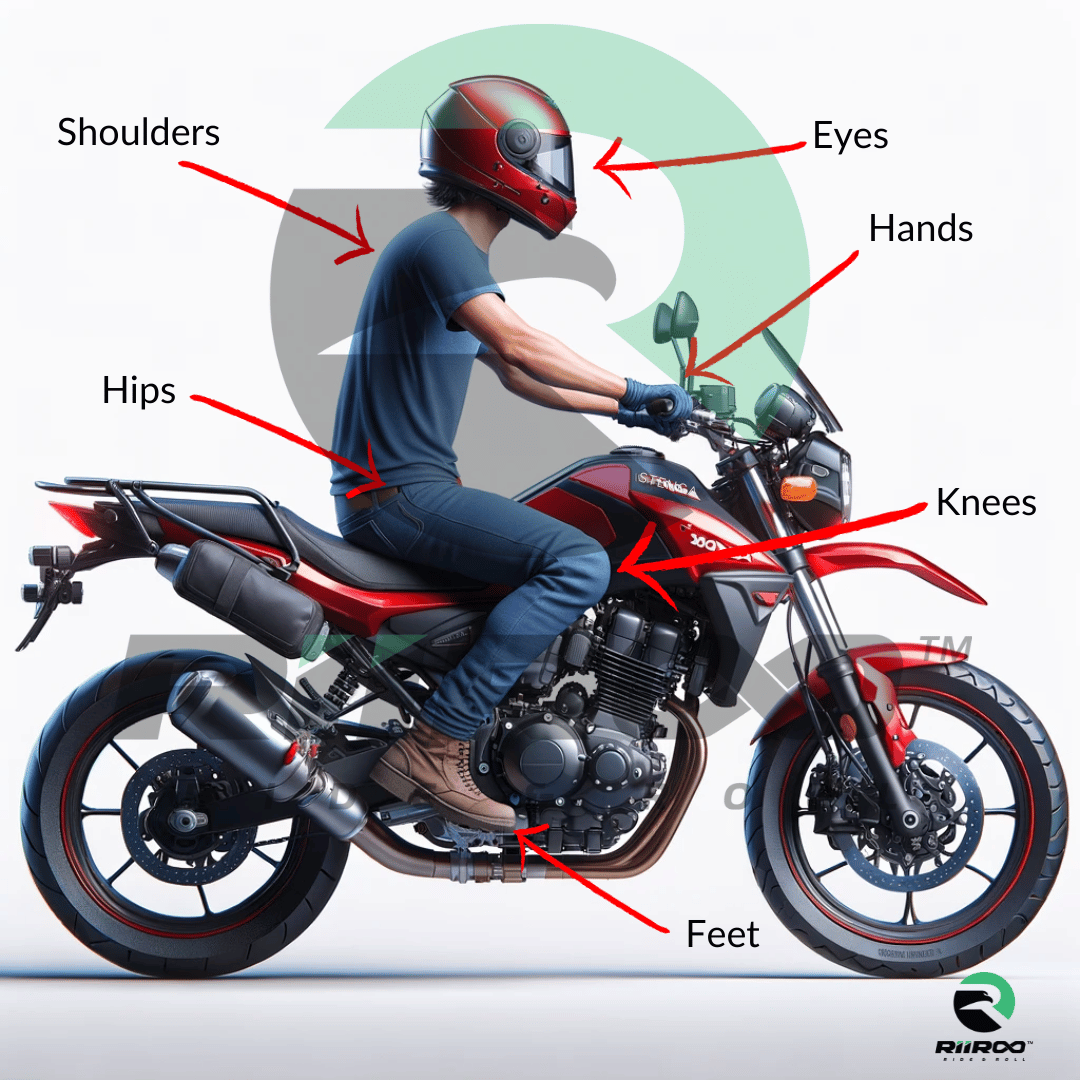
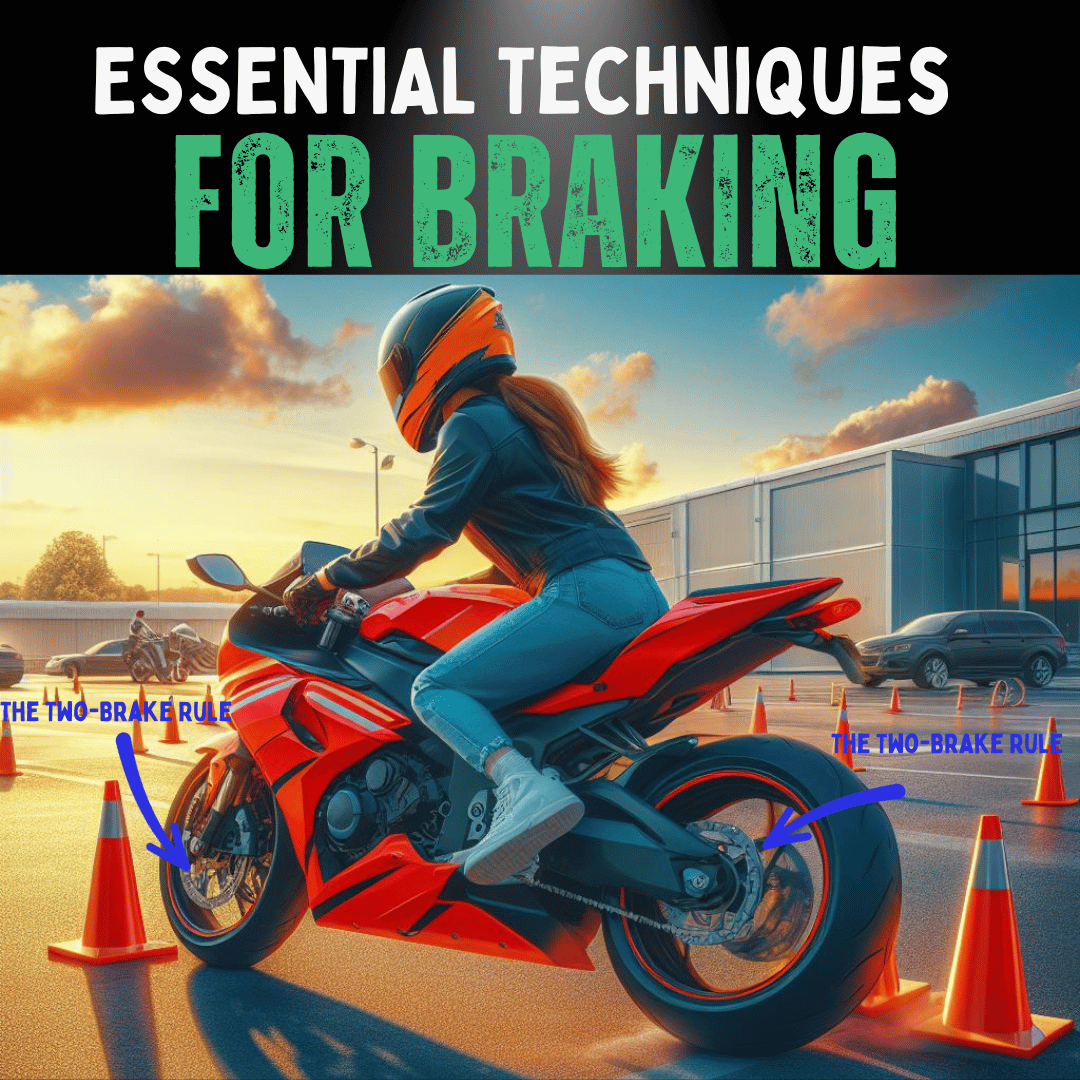
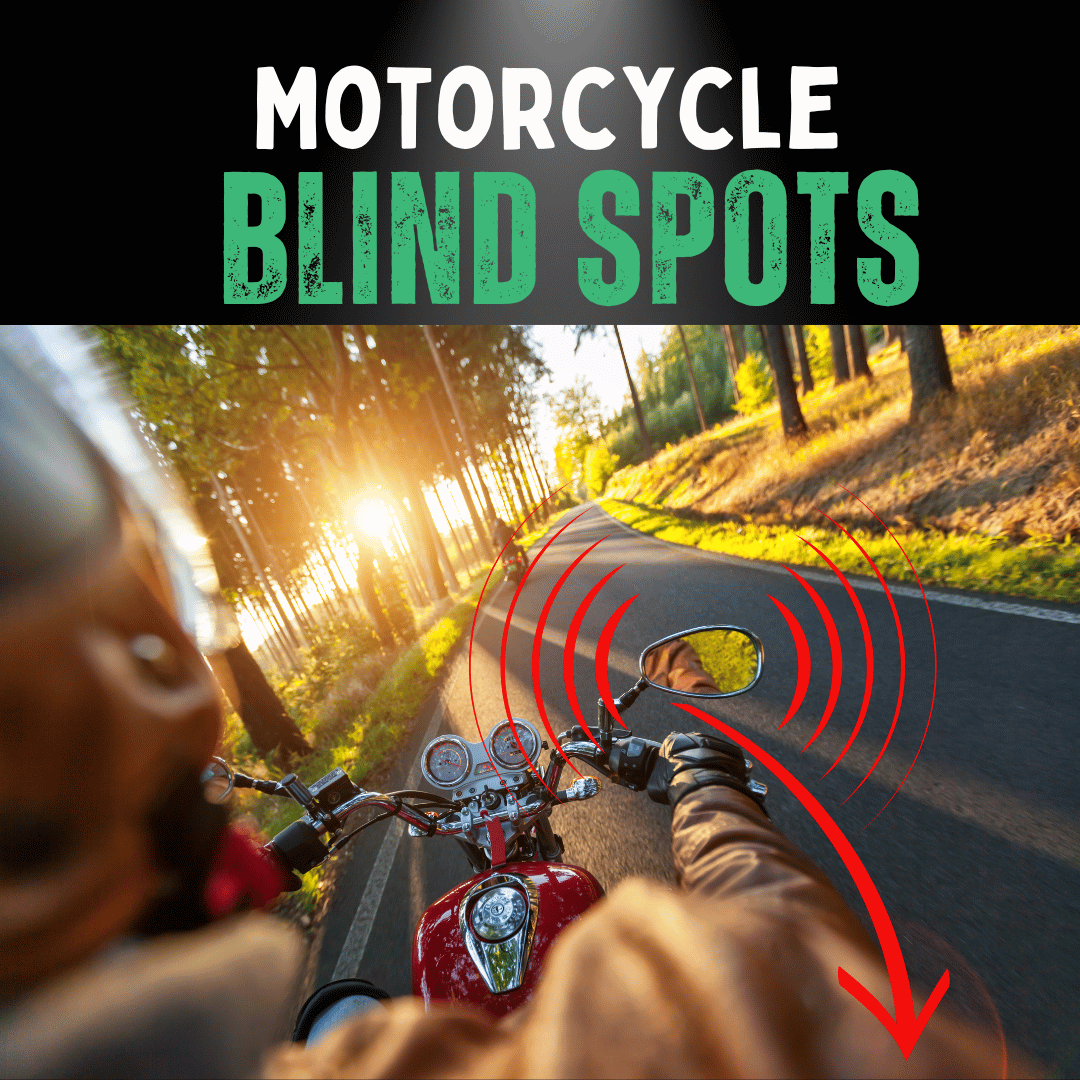
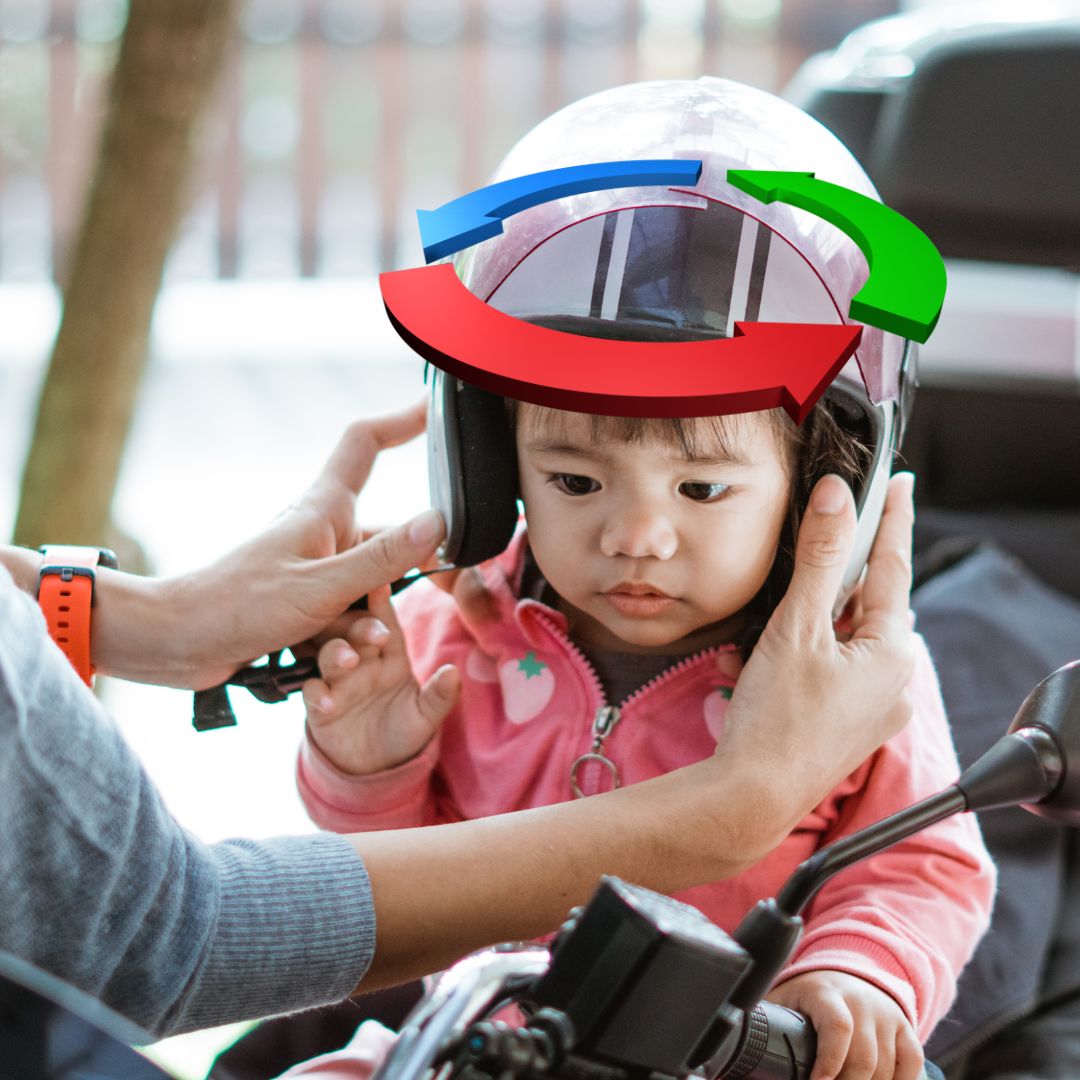

Share:
Best Dirt Bike Knee Pads: How to Wear Them for Motocross Safety
How Many Miles Do Motorcycles Last? The Highest Mileage